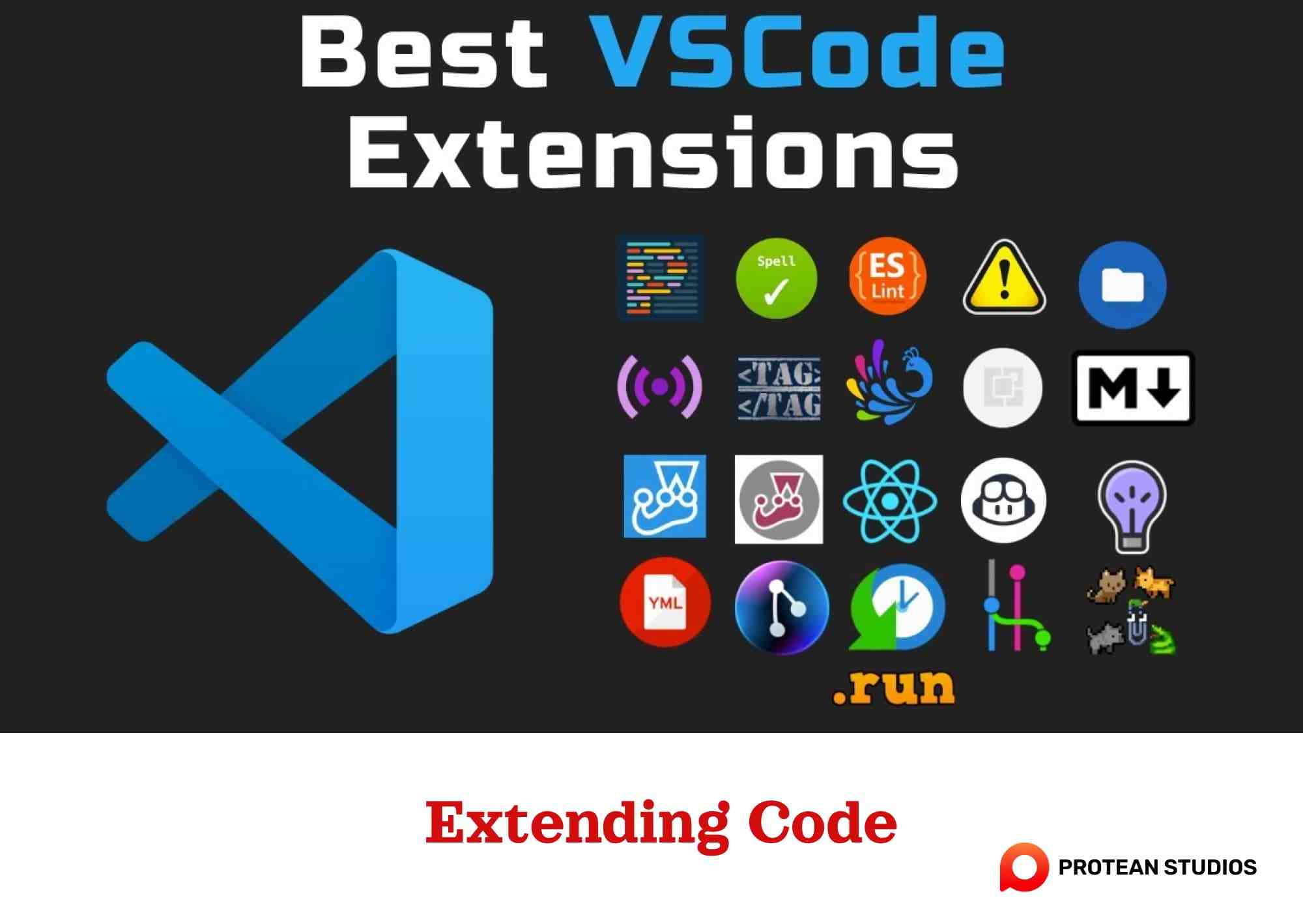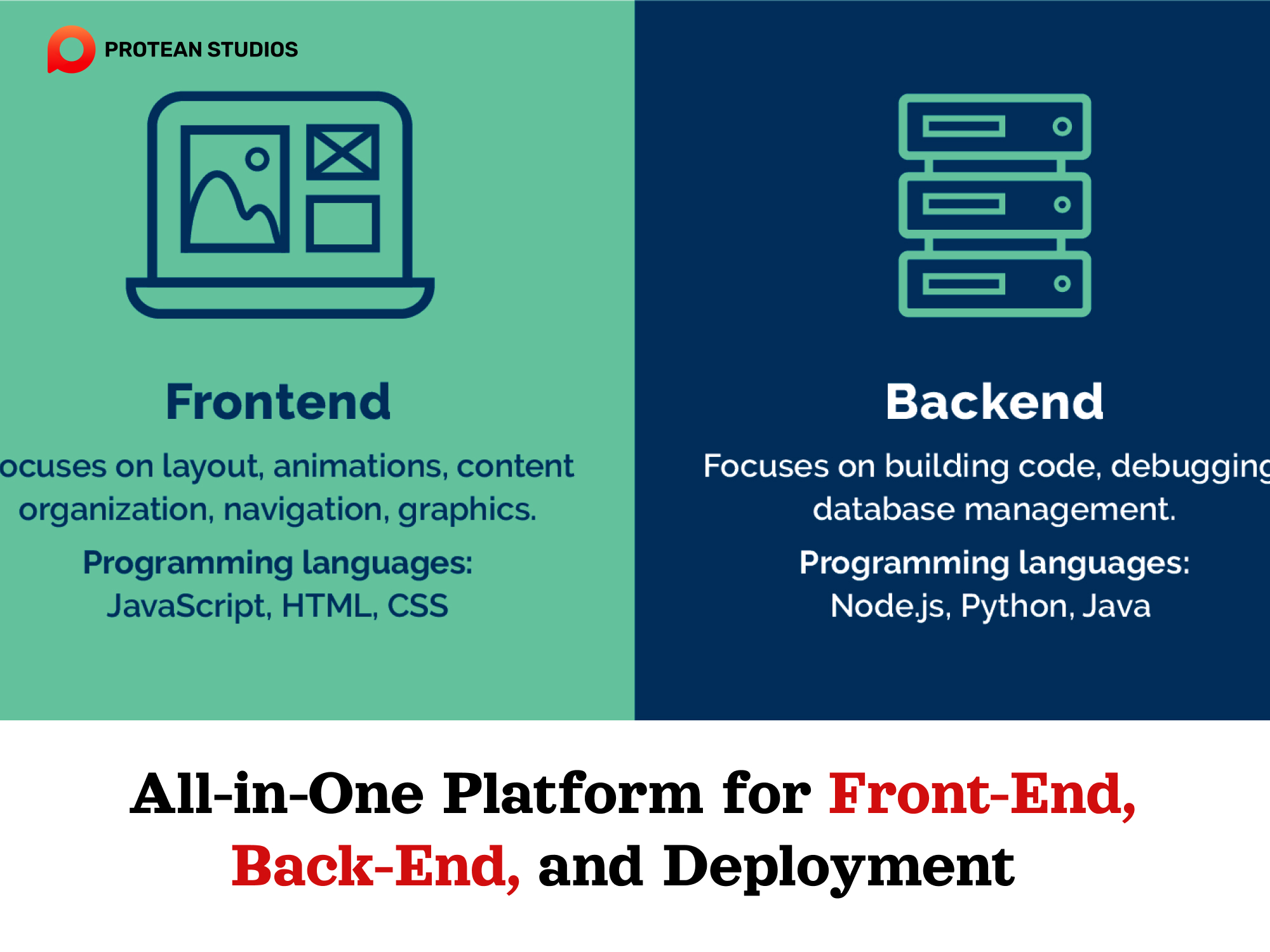Low-code development platforms have gained significant traction in recent years, promising to streamline the development process and speed up time-to-market. While these platforms are often associated with citizen developers and non-technical users, their capabilities have evolved to meet the needs of professional developers. In this article, we will explore the reasons why low-code can be a valuable tool for experienced developers, empowering them to build applications faster.
1. Extending Code
As someone who liked being in control, I found it challenging to switch to a visual language. What made me stick with it was the ability to add my own code when needed.
Many systems are designed to be flexible, allowing you to extend every part of your application—whether it's the frontend, backend, database, or integrations—with custom code.
In the beginning, I often stuck to what I knew. For example, I write SQL queries instead of using the built-in visual tools. I also built a file upload feature with JavaScript, not realizing I could have done it more easily by dragging and dropping a widget and setting a few parameters.

Learn more: Low-Code Development: The Hottest Trend Of 2024
2. Seamless Integration
No software exists in isolation; we need to integrate with open-source libraries, third-party APIs, legacy data stores, and more. Each integration brings its own set of boilerplate code to manage specific requirements, and this code needs upkeep whenever the dependency changes.
My first integration was with an existing database, and it was a game-changer for me!
OutSystems simplifies the process by providing templates and pre-built connections to popular services and databases like Salesforce, SAP, and Microsoft. These out-of-the-box connectors are designed for reusability, maintainability, and ease of change.
On top of that, consuming and exposing REST APIs is straightforward. Importing any Swagger or OpenAPI specification from a file or URL is as simple as selecting the methods you need. You can also configure API authentication, from basic to more advanced options like OAuth or JWT, with ease.
3. Minimizing Repetitive Tasks
Software development is a form of self-expression, and it can be rewarding, especially when you overcome challenges and have those "I built this!" moments. Yet, it can also be tedious and repetitive, draining your energy and leading to frustration.
When I first started exploring these platforms, I noticed that many standard development tasks—like authentication, authorization, form validations, basic security, error handling, and CRUD screens—were already taken care of.
This is because this platform uses a visual language that abstracts away the complexities of other languages, much like how Java or C# abstract Assembly language.
This allows us, as developers, to focus on the what—the creative and meaningful aspects of the project—rather than getting bogged down in the technical details of the how.
Read more: How No-Code And Low-Code Technology Are Changing Innovation And Design
4. Accelerated Development
The drag-and-drop nature of low-code and its rapid deployment capabilities allow developers to create not just a prototype but a functional solution. Why does this matter? In many cases, delays in the software development process occur because:
Clients aren't always sure what they want or struggle to communicate their ideas to developers.
Users change their minds, leading to shifting requirements.
By producing a prototype, users can provide immediate feedback, allowing developers to refine the solution early on. This approach ensures that the final product is aligned with the user's needs from the start, speeding up the development process and making "getting things done" much more efficient.
5. All-in-One Platform for Front-End, Back-End, and Deployment
As a software developer, unless you specialize in a specific area, you often find yourself working with various tools, technologies, and programming languages to manage front-end, back-end, and deployment. This can be overwhelming, especially since the IT world is evolving, requiring us to learn new things.
With OutSystems, I can rely on a single tool to handle everything—building UIs, managing relational databases, designing data structures, writing logic, and integrating with external systems—all through a visual interface. And when necessary, I have the flexibility to dive deeper into the code.

In a low-code environment like Prostean Studios, the visual model is translated into standard technologies such as HTML, CSS, JavaScript, and C#. The code is then compiled and deployed as needed.
Whether you're working on the front-end or back-end, the way you express your code in OutSystems remains consistent. It doesn't matter if the final output is JavaScript, Reactjs, or C#—the process feels seamless.
6. Consistent Experience across Platforms
Software development is complex, and beyond everything mentioned, developers often have to manage many platforms—web, desktop, hybrid, mobile, iOS, Android, and more.
Thanks to lowcode’s web-centric approach and hybrid mobile technologies (which enable developers to create native mobile apps using HTML and JavaScript), lowcode is capable of generating both desktop and mobile applications from a single codebase.
It’s incredible that I never had to learn Xcode to build an iOS app. From the same codebase, I was able to generate the necessary API or APK packages (for iOS or Android) and submit them to the app store using the standard submission processes.
Deeper Discover: Unlocking The Potential Of Low Code
7. Enhanced Security
Security is a top priority when building enterprise software, and it requires attention on many different levels.

As I started taking low-code, I had concerns about security:
"Low-code offers a lot of abstraction and automation, but how secure are the apps we build with it? What vulnerabilities might there be?"
I discovered that with low-code tools, many essential security practices—like using up-to-date secure libraries and frameworks, securing database access, handling exceptions and errors, managing authentication and authorization, applying encoding and escaping techniques, and auditing applications and systems—are all managed by built-in mechanisms. Additionally, I learned that it's possible to enhance this "basic" level of security with custom code, allowing for more advanced security measures when needed.
8. Strong Community Support
While the number of developers using low-code is increasing each year, traditional developers still outnumber them. This makes the communities around low-code platforms strong and supportive.
As a beginner, I often turned to forums for help, and I always received quick responses, offering different perspectives and solutions to my problems. This support helped me grow so much that, before long, I found myself helping others and solving their issues. Today, the community feels like a family—it's where I find my people and geek out about low-code. From the outside, some people joke that we've been "brainwashed" because everyone is so passionate about it.
Other Article: Jumpstart Your Journey Into No-Code & Low-Code Development
While low-code development platforms were perceived as tools for non-technical users, their capabilities have evolved to cater to the needs of professional developers. By embracing low-code, developers can streamline their workflows, speed up development cycles, and focus on delivering high-quality applications. As the low-code landscape continues to evolve, it is clear that these platforms offer a valuable tool for developers seeking to stay ahead of the curve and drive innovation in their organizations.




